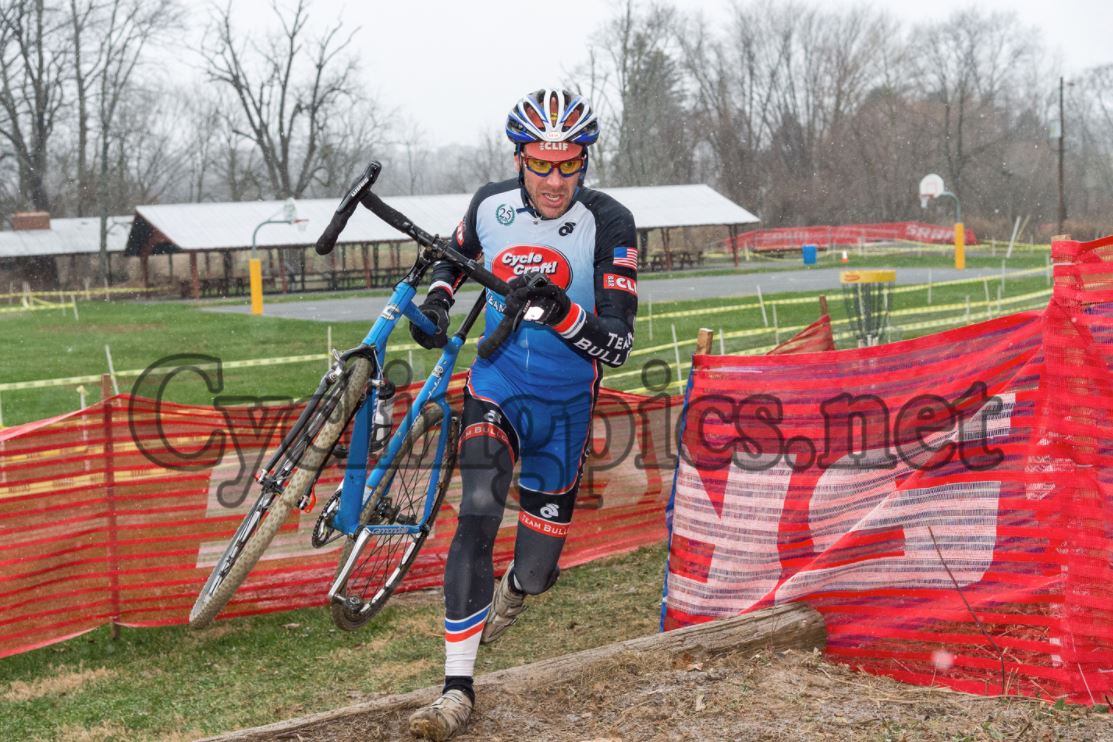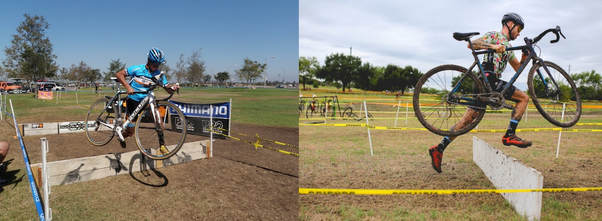|
As endurance athletes, we push our bodies to the physical limit, and sometimes beyond. I recall the story of the 24 Hour World Championships in 2006 where Australian Craig Gordon beat American Chris Eatough for the title. However, in doing so, he pushed himself so far as end up in the hospital with kidney problems. And that's an extreme example, obviously.
Even if you're not going that deep, what we ask of our flesh and blood can really take it's toll. Active recovery, rest, and nutrition are the keys to keeping rolling. Belonging to the nutrition bucket, iron deficiency can be a problem in endurance athletes, and this great article published in the Training Peaks Blog helps provide a greater understanding of this. Check it out here and become informed! Iron Deficiency, Anemia and Endurance AthletesSEPTEMBER 20, 2017 BY TAYLOR THOMAS The more we understand about our own bodies, the stronger we can be. Cheers, Coach Brian
0 Comments
 In my pursuit of the elusive n, I converted my old 'cross bike which was currently my old winter training bike into a singlespeed 'cross rig late last fall. I've had a singlespeed mountain bike in the stable for over 10 years now, and a fixed gear bike for almost 20 years, so I was already familiar with the joy and childhood bike riding fun that a singlespeed brings. You don't have to think about shifting, the ride is much quieter, and maintenance is reduced. However, I had yet to race a singlespeed bike, let alone a singlespeed 'cross bike. SSCX seemed like a perfect way to get a little more out of a 'cross race day and to have some serious fun on a bike. It did not fail to deliver! I raced my first SSCX on a fairly cold day, and the snow started to fall during the Elite Race, my first event of the day. I finished up, quickly scooted to my car to switch bikes and get someone to remove my top number to reveal my SSCX number. And before I knew it we were off. The snow continued to fall, and the fun level continued to rise. As the old adage goes, ask as singlespeed racer about their gear choice and most will tell you it was wrong for at least part of the time. On this particular course, the granny gear climb was the most blatant offender, but it just meant a little more "running." Although I don't foresee SSCX become my primary race of the day, there will certainly be many more events for me in the future. Locally it's great that the SSCX typically follows the Elite Race, so I can get there at a reasonable hour, get a few laps on the course, race with the "big" boys, then have more fun on my singlespeed. Gets me pumped just thinking about it! Some of the low-key events, which, let's face it, describes most of the SSCX races, allow geared bikes to zip tie their shift levers making it impossible to shift. This allows you to give it a shot before committing to converting a bike or buying a new one. This is an informative article written up by the folks at Quality Bicycle Products. It explains singlespeed and gets into gear choices. Check it out here: https://qbp.com/call_up/A-Guide-to-Singlespeed-Cyclocross (Copy and paste this into your browser. For some reason I can't hyperlink this in Weebly.) Enjoy and hope to see you riding and racing one gear soon! Cheers, Coach B.L.  'Cross is no longer coming...it's here! The exciting discipline of cyclocross racing has some of the greatest buzz out of all types of bike racing, at least on the world wide interweb. Cyclocross is super fun and, despite the pain we choose to all put ourselves through, very addictive. Even for the most casual racer, "cross racing pushes your skills, both on and off the bike, to the limits. One of the primary differences between cyclocross and other types of bike racing is that you will most likely get off your bike at least once if not several times over the course of one lap. The most common obstacle that will require dismounting is the "barrier". 'Cross barriers often come in pairs and are typically between 12 and 16 inches (40 cm or 16" for UCI standards) and usually between 4 and 6 meters apart, spanning the full width (3 meters) of the course. Think steeplechase for bike riders. For most riders, the barriers and other obstacles only take a few seconds to traverse and their bike can simply be lifted alongside their body while they run. Sounds simple, right? Well, yes and no. You are simply dismounting, lifting the bike, running, placing the bike back down, and remounting, but there are many ways to make this process smooth, efficient, safe, and FAST. Just like that game you might have played as a child, one of these things is not like the other. Or, more specifically, one technique is considered better than the other. Which is it?Check out this great article from CX Magazine written by Adam Myerson on how to properly lift your bike. It's a skill worth practicing! https://www.cxmagazine.com/technique-tuesday-myersons-tips-on-carrying-bike Easy, right? As long as you take the time to practice PROPERLY, you'll get it in no time. If you're in the area, BJL Coaching conducts clinics and skills sessions for groups or individuals. I offer video review of your technique to help you learn and improve as efficiently as possible. Drop me a line and we can setup a time to get you on your way to your best 'cross season ever! [email protected] Cheers, B.L. |
Categories
All
Coach B.L.Coach B.L. is the head coach at BJL Coaching and an avid racer and cycling enthusiast himself. Archives
July 2024
|

 RSS Feed
RSS Feed